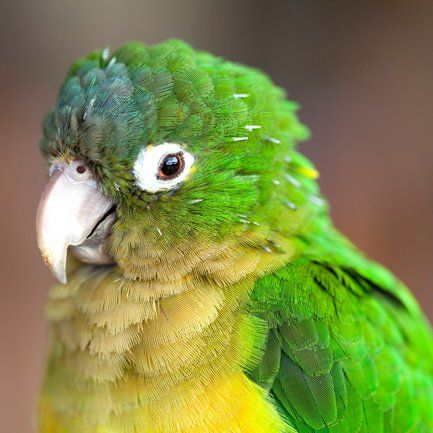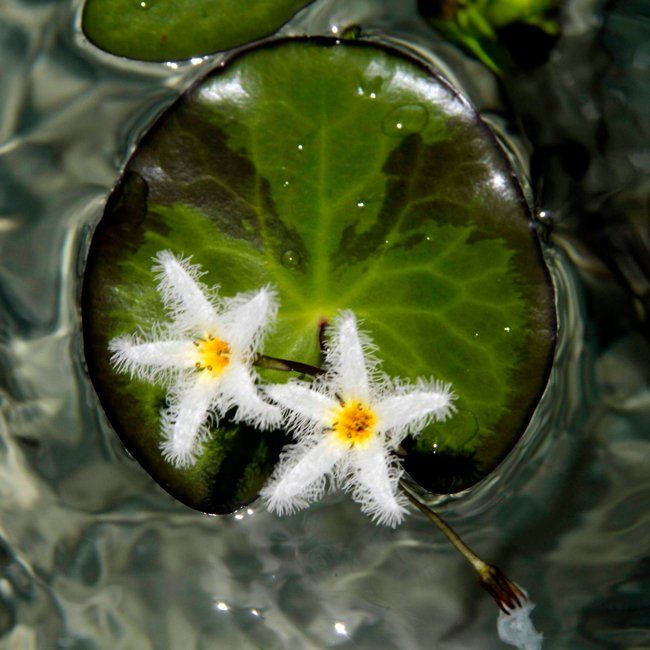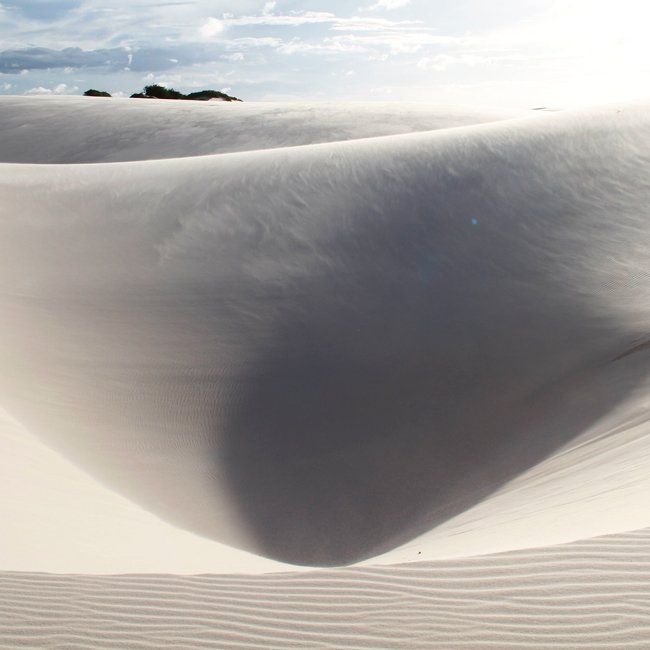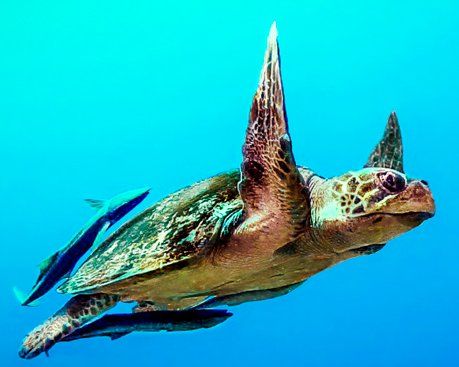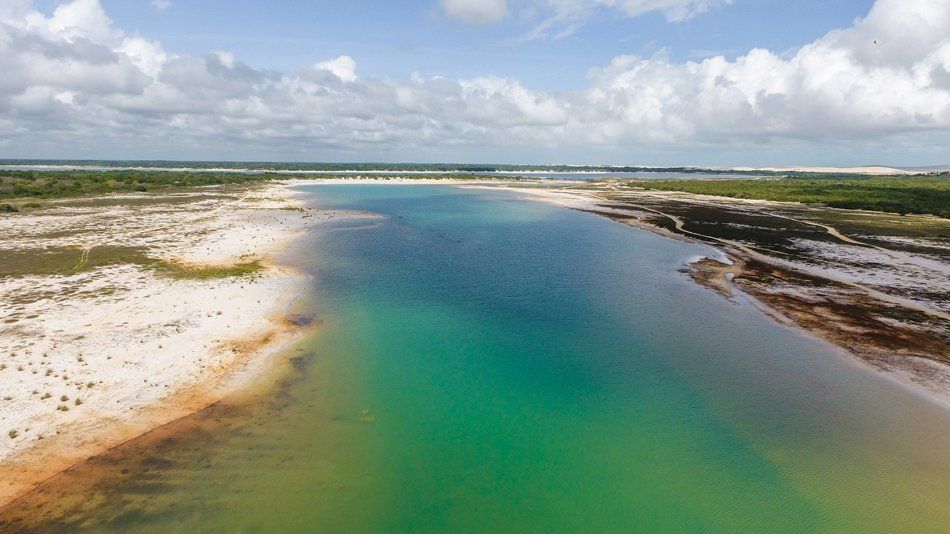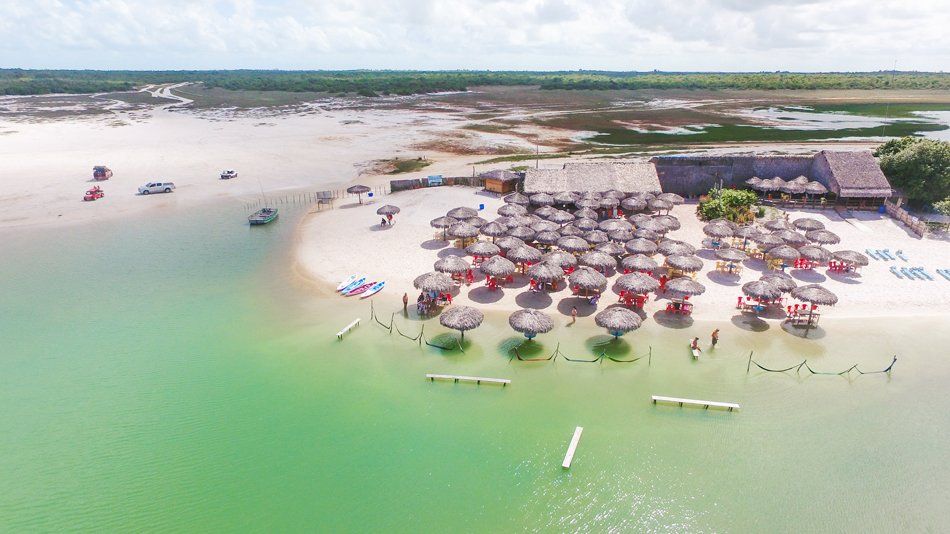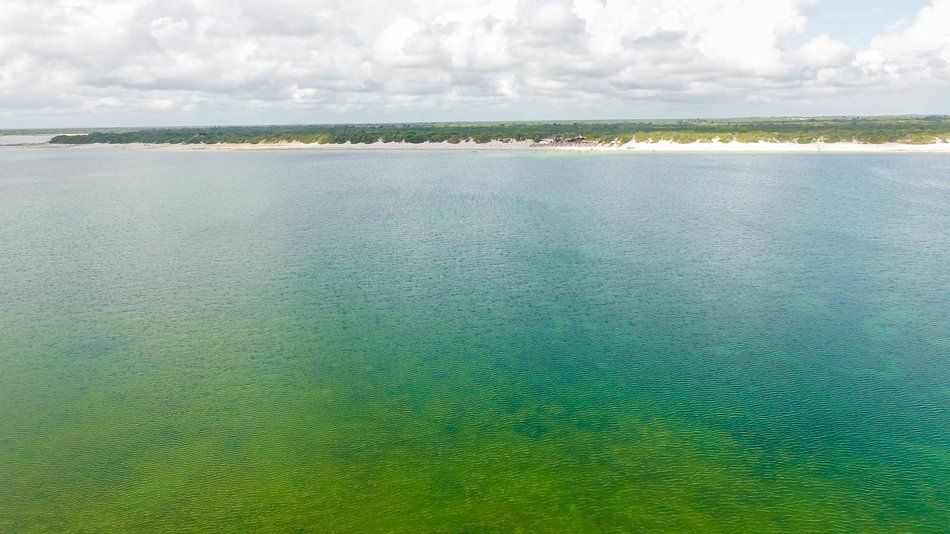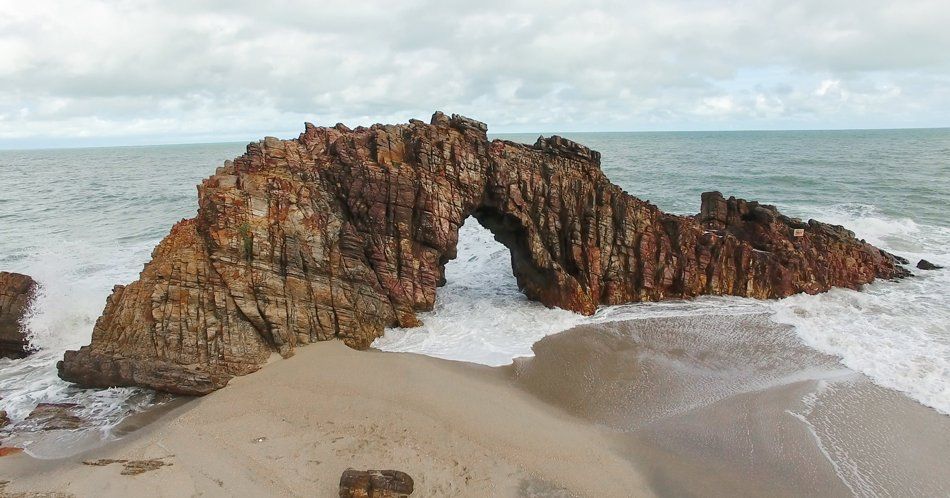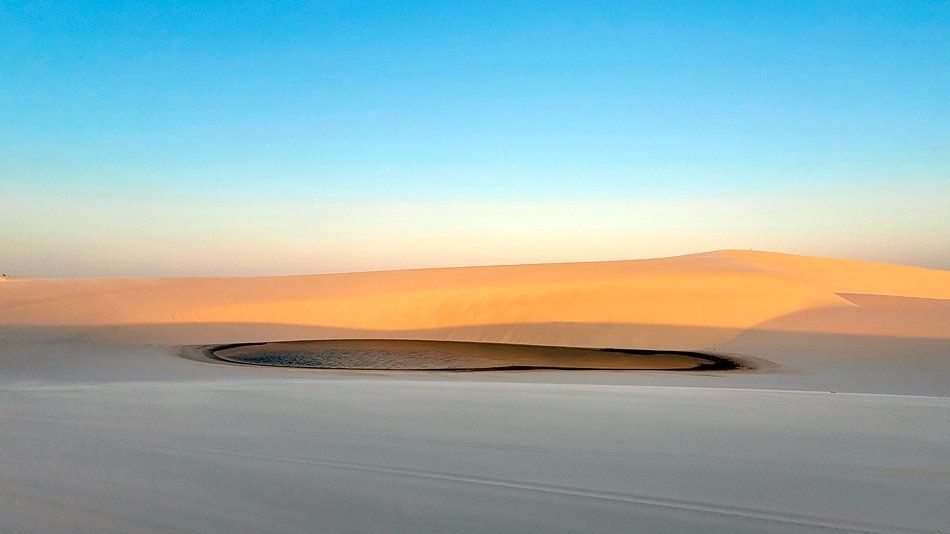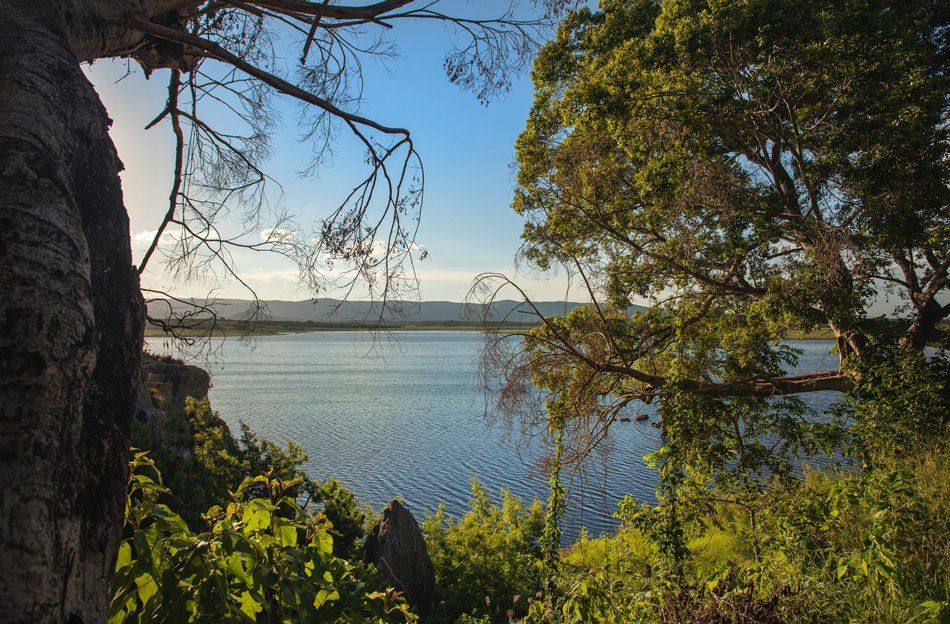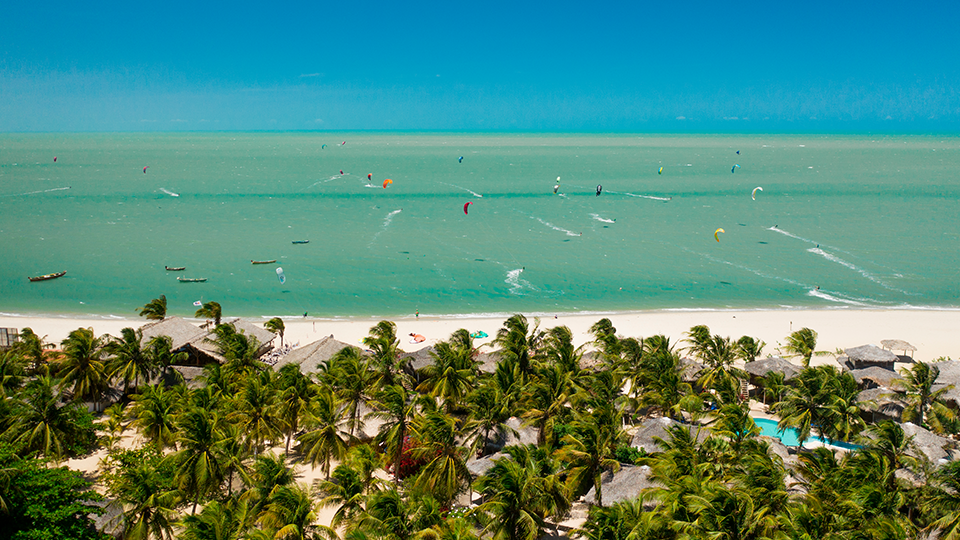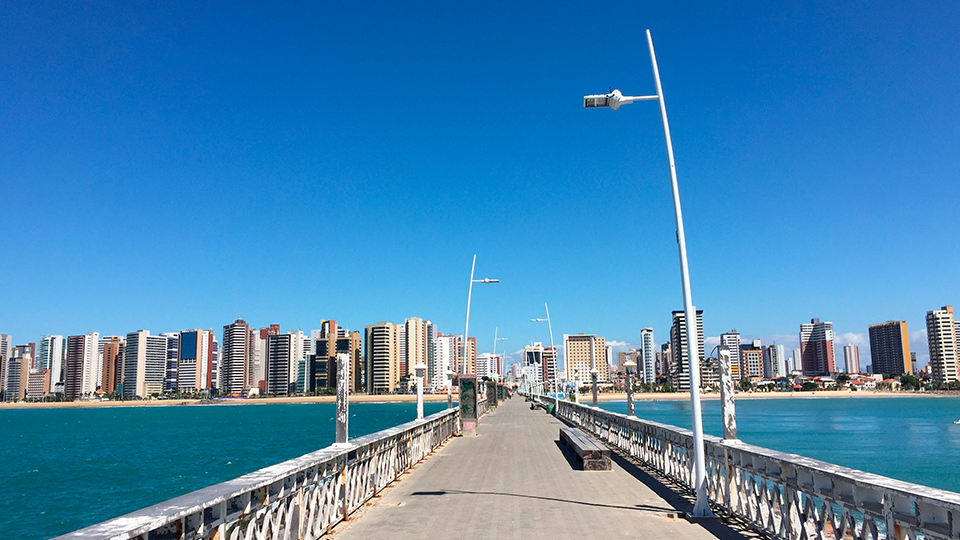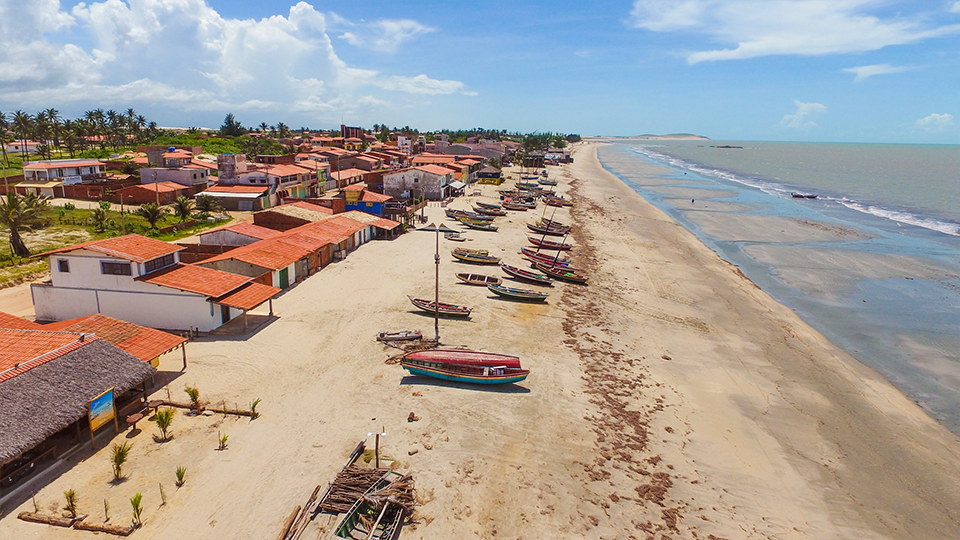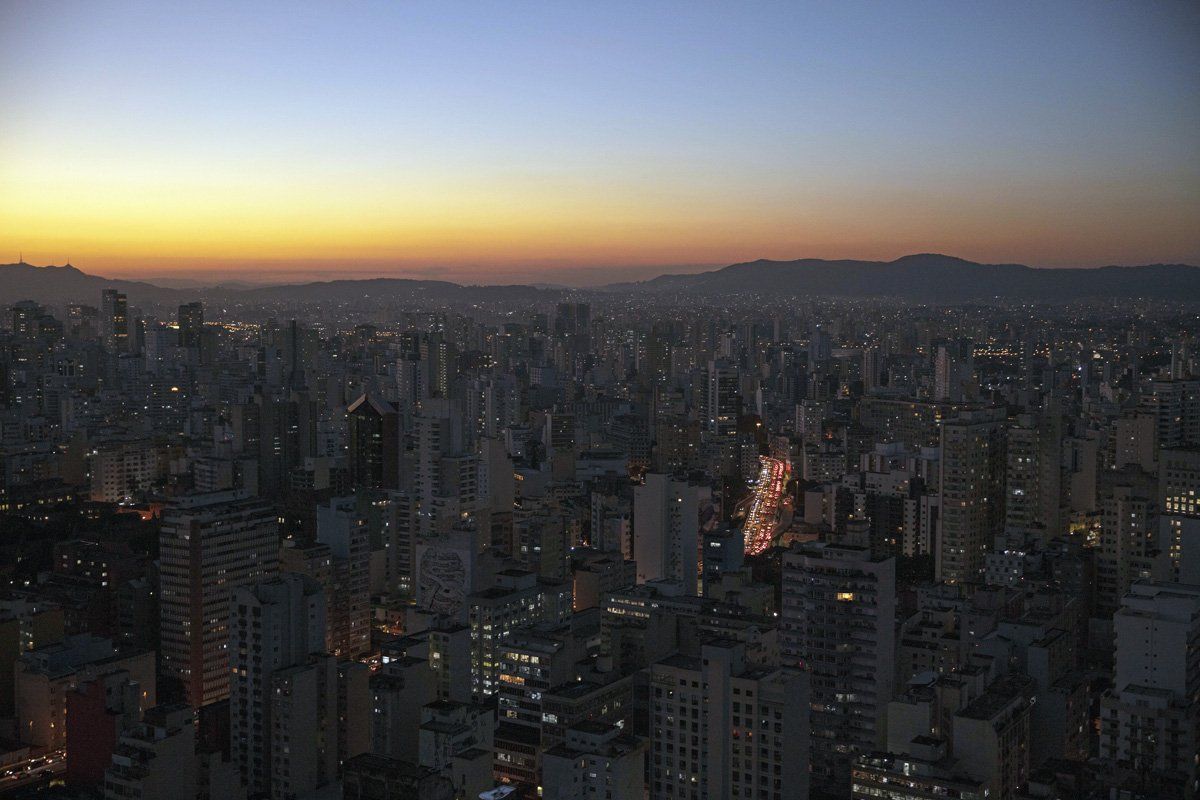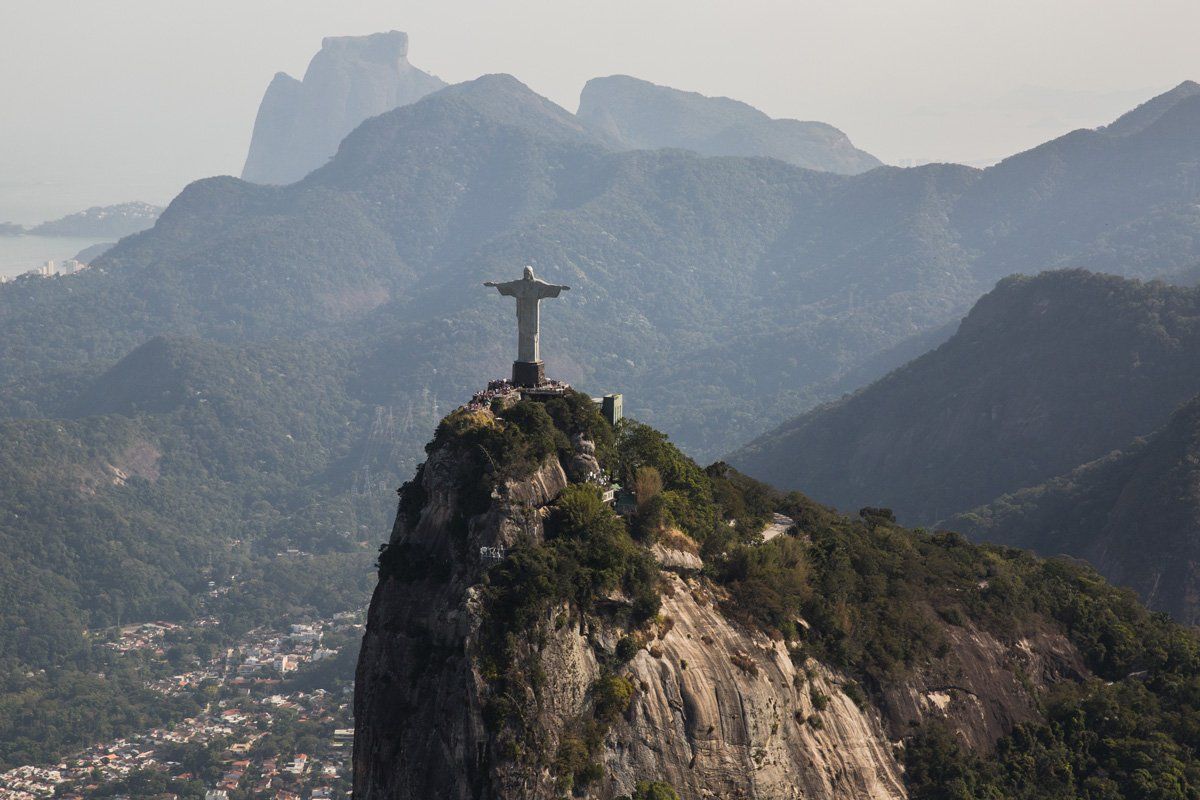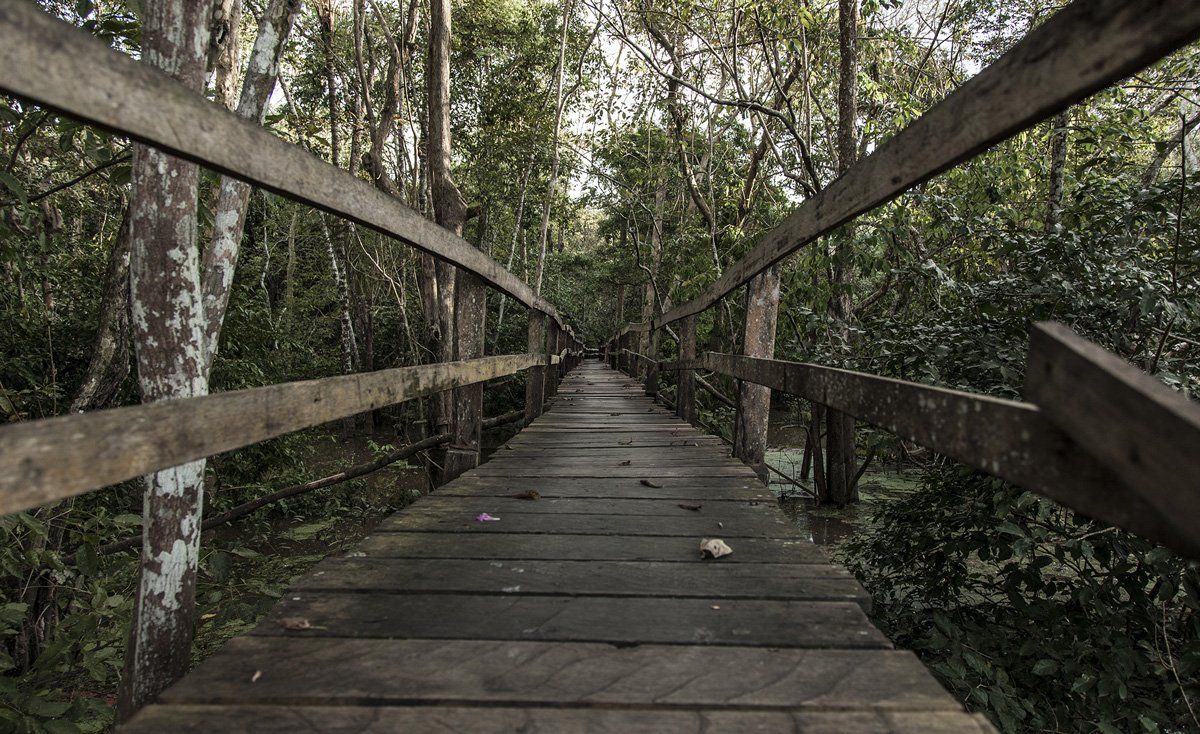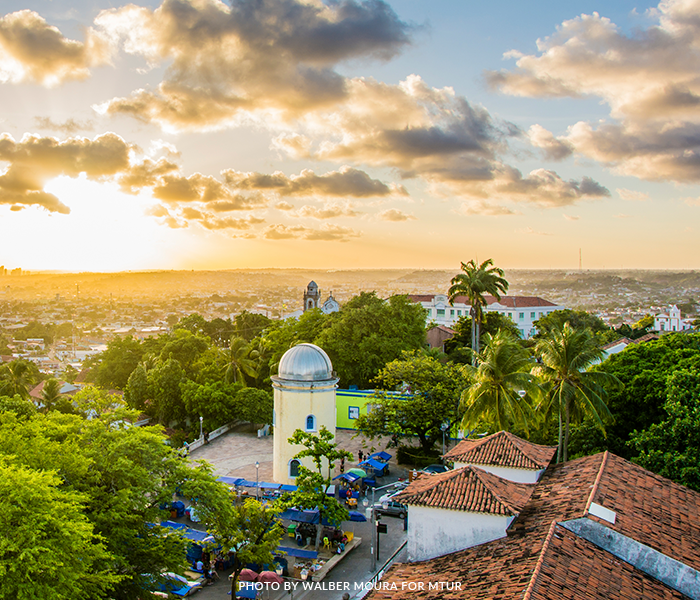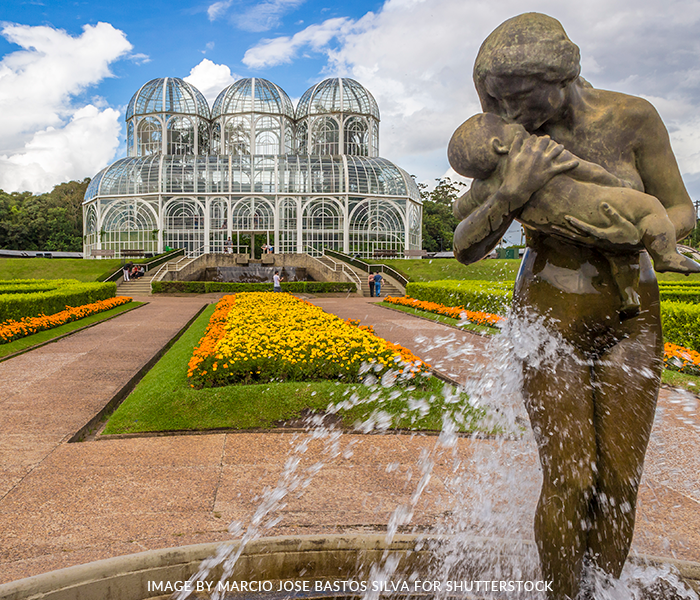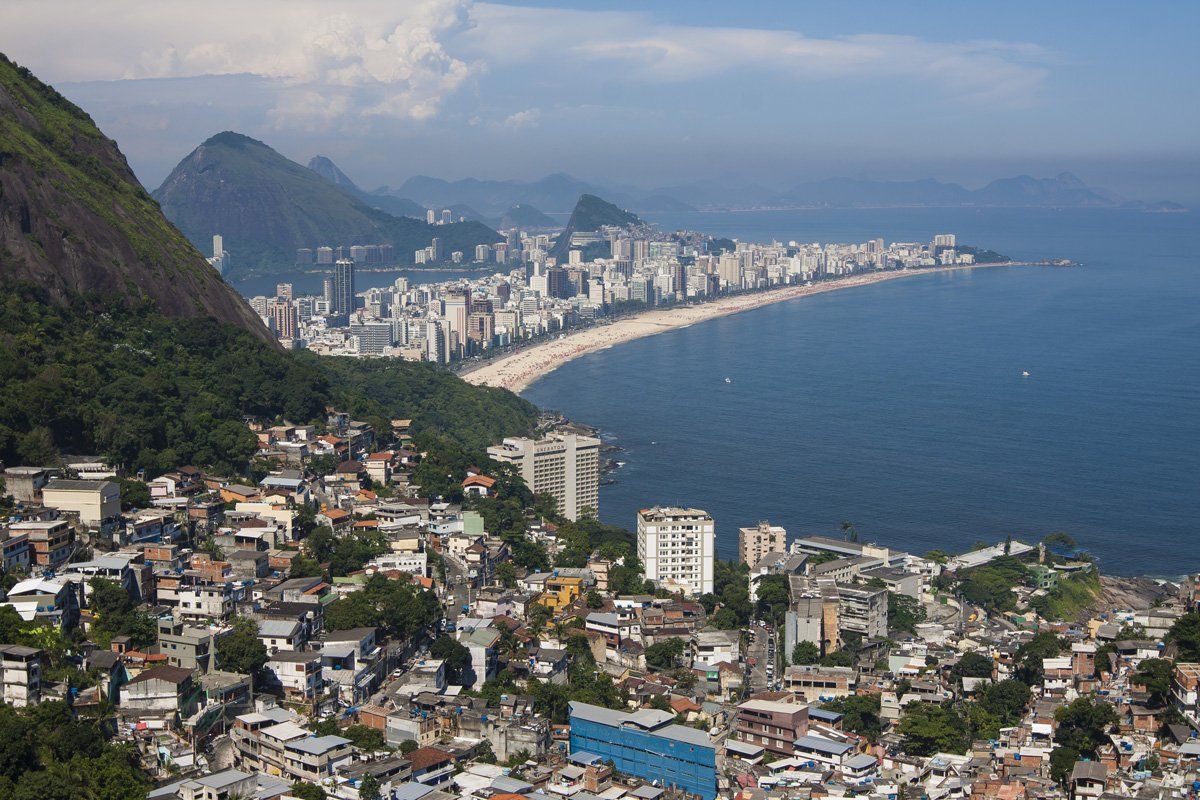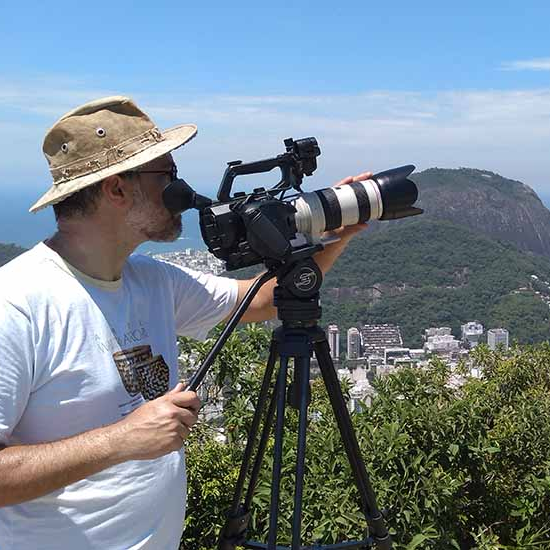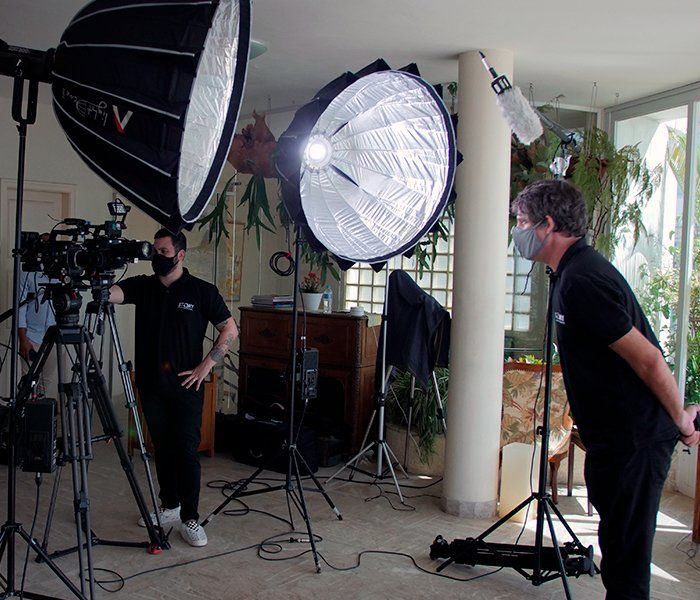Filming in Ceará
We have 10 good reasons to come and shoot in Ceará and on the "Route of Emotions"

With hauntingly beautiful landscapes of sand and water, world-class kitesurfing spots, teeming biodiversity, the magic of the semi-arid Sertão, acres of cashew crops, and a signature music scene specific to the Northeast, the state of Ceará, just a few degrees below the equator, and its capital Fortaleza have much more to offer than just the sublime beaches of the ‘Route of Emotions’.
01 Fortaleza, a city with composite architecture and retro-futuristic looks
Walking through the streets of Fortaleza during the hottest hour could well remind you of the film
Blade Runner, bringing to mind some apocalyptic scenario. This dense city of almost 4 million inhabitants boasts a forest of skyscrapers at the gates of the ocean, while the 1920s neighbourhood with its small, brightly-colored houses, hark back to a more lenient past, and its incredible graffiti and painted walls bear witness to a vibrant street culture.
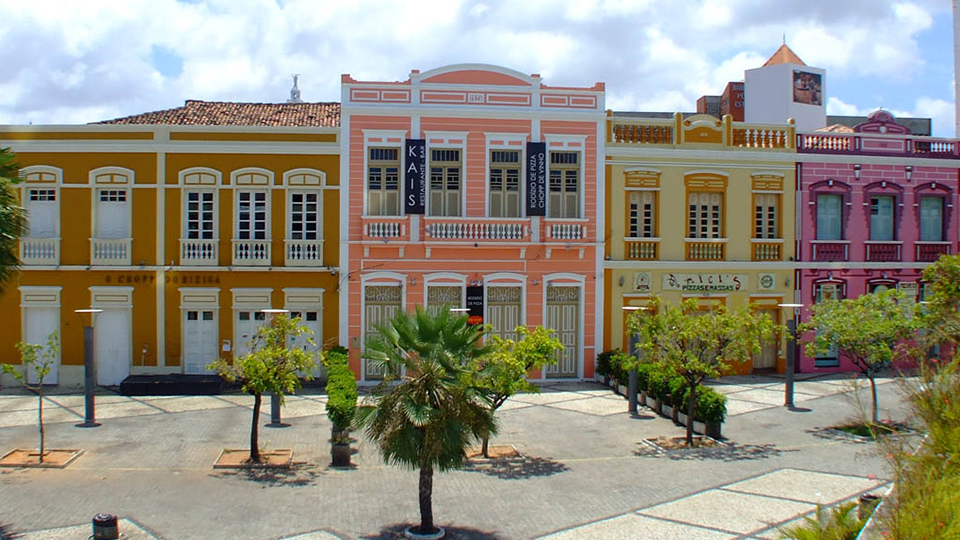
Photo by A. Duarte for Wikimedia Commons

Photo by © Shutterstock
02 Spectacular landscapes shaped by an intense tropical climate
In Ceará, there are the warm waters of the Atlantic Ocean which nibbles at the almost deserted beaches, tide after tide; there are the sand dunes where all sound is deadened and the disc of the Moon seems disproportionately large; there are the beneficent breaths of the wind, almost constant, which provide relief from the intense heat; and there are the vast expanses of sky, so vast the Earth seems small in comparison.
Along the ‘Route of Emotions’—which connects the capital Fortaleza to the city of São Luiz in the North—the Story Productions team has spotted magnificent sites, almost untouched by any human presence, dream settings for advertising and other film shoots.
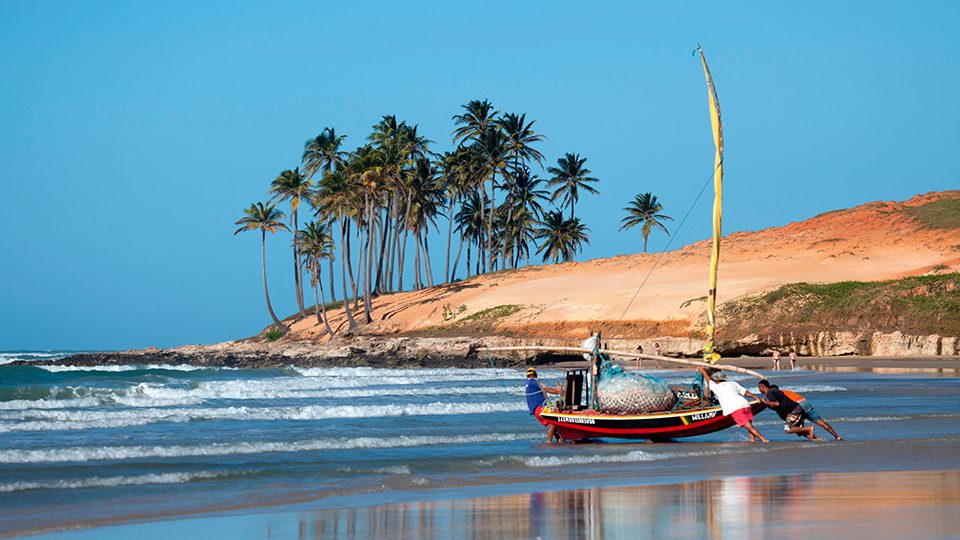
Photo by © Shutterstock
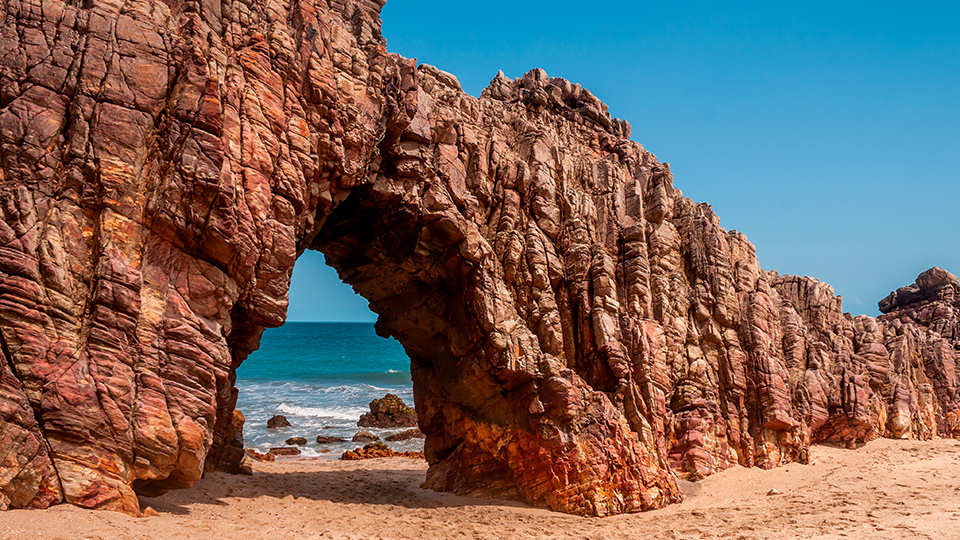
Photo by © Shutterstock

Photo by © Shutterstock
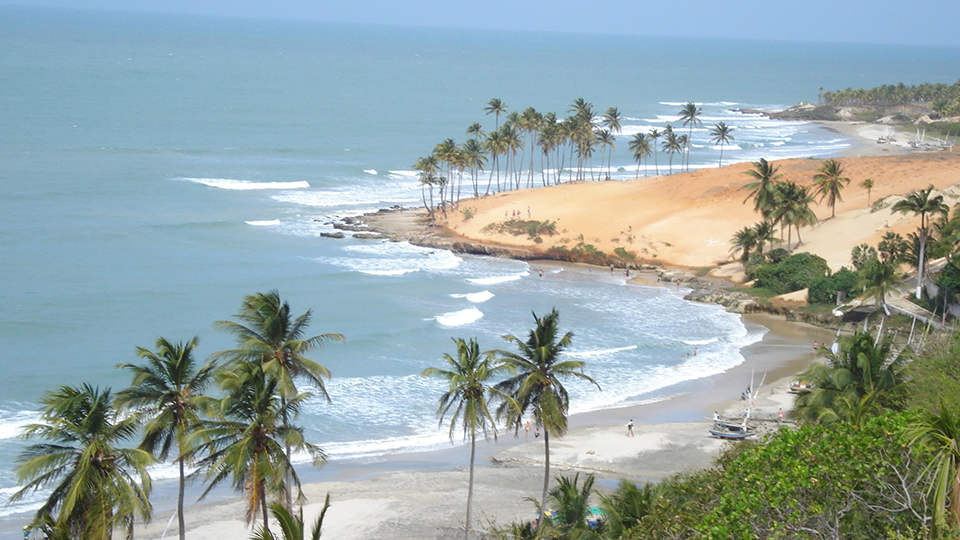
Photo by © Creative Commons | lagoinha
03 Exceptional kitesurfing spots and the Freestyle World Cup
The trade wind that caresses the waves from the southeast to the northwest—almost constantly from July to January—makes Cumbuco, Icarai de Amontada, Ilha de Guajirú, and Jericoacoara ideal sites to practice kitesurfing and windsurfing, not to mention the many surf spots where the rolling waves become impressive during a rising moon.
For this reason, the coast of Ceará hosts several of the competitions organised by the Global Kitesports Association (GKA) Kite World Tour, such as the Freestyle World Cup,which will be held this year in Cumbuco from October 19 to 23, or the Hydrofoil World Cup to be held in Fortaleza from November 29 to December 4, 2022.
Many champions also choose to train in Ceará, and several of the rising stars of the global kitesurfing scene are locals, including 2021 world champions
Mikaili Sol, and
Carlos Maria ‘Bebê’.
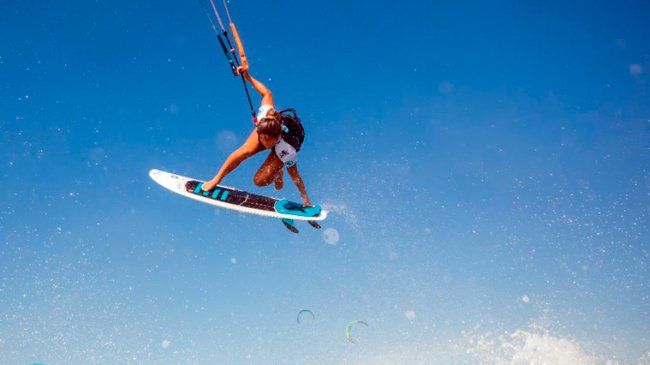
Photo by © Mikaili Sol
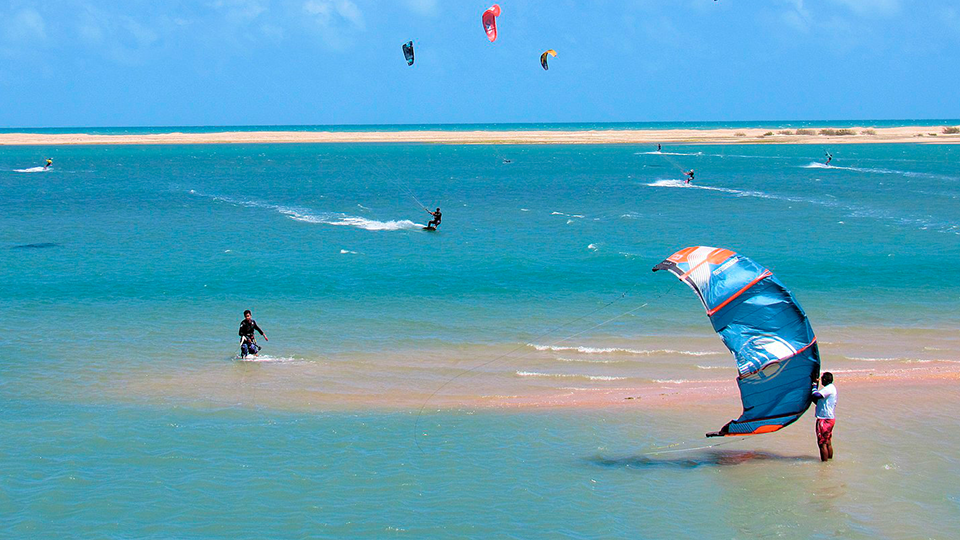
Photo by © Fabio Barros for Wikimedia Commons
04 An original musical culture
The Northeast is the birthplace of forró, a traditional music genre born in the Brazilian rural hinterlands, the Sertão.
‘Invented’ in the 1940s, forró is inspired by late 19th century partner dances, and is very present today in Ceará, where the music is played in many villages during ‘popular dances’. Traditionally, forró is danced in 4 beats, and to the sound of only three instruments: the accordion, the triangle, and the bass drum.
05 The biggest producer of Cashew nuts in Brazil
Although the largest producers of cashew nuts are in the African continent, Brazil remains the 8th exporter of the highly prized nut, with Ceará the state that produces the most in Brazil. In 2020, nearly 70,000 tons were exported from Ceará to roughly sixty countries around the world.
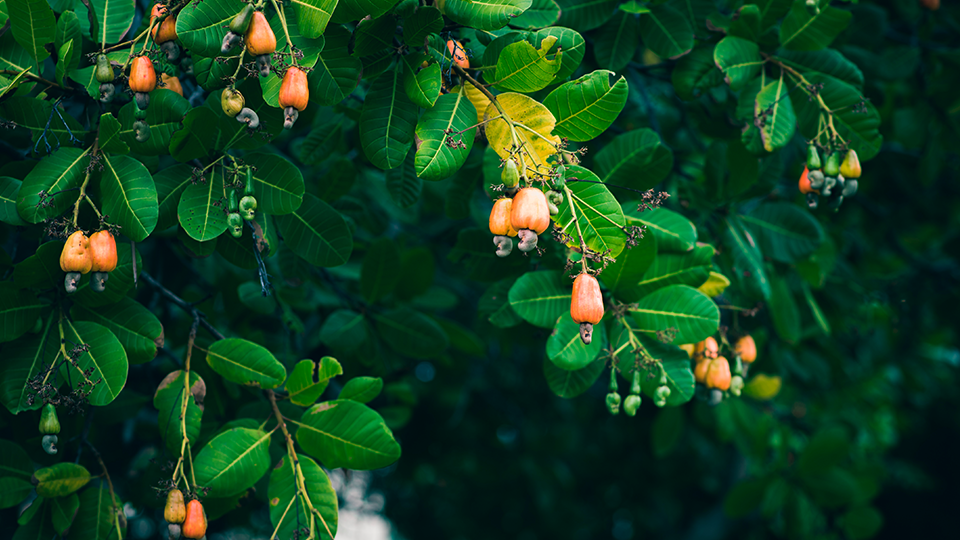
Key facts about Ceará
With 2.7 million inhabitants, Fortaleza is the 5th most populous city in Brazil, after São Paulo, Rio, Brasília, and Salvador.
Latitude: 3.7 degrees below the equator.
Climate : Tropical.
Temperatures: 24 to 32°C (75ºF to 90ºF) - When there is no wind, it can feel like up to 44°C (111ºF).
Dawn: Around 5:30 a.m.
Sunset: Approximately 5:30 p.m.
Seasonality:
The kitesurfing season kicks off in June and ends in January, with peak winds in October and November. During the off season, rainfall peaks over March and April.
06 Organic cotton production
For the last 25 years, the state of Ceará has been committed to a proactive policy encouraging organic cotton production alongside traditional food crops. No less than 13 village communities in southern Ceará, around the town of Tauà, have developed a partnership with the
Esplar, an NGO based in Fortaleza, to protect sustainable organic farming techniques. The cotton product is then exported to European, Asian, and North American markets, where it is used to make bags, backpacks, and wallets, as well as sneakers for the ethical and hip French brand, Veja.
07 Redenção, the pioneer of abolition
Only 55 kilometers away from Fortaleza, the small inland town of Redenção played a significant role in the history of slavery in Brazil. On January 1, 1883, Redenção was the first municipality in the country to free 116 slaves and definitively abolish slavery.
The Ceará state followed only one year later, becoming the first state in Brazil to make slavery illegal.
It was not until 4 years later, on May 13, 1888, that Princess Isabel took advantage of the absence of her father— then emperor—signing the
Lei Aurea (Golden Law), putting an end to slavery throughout Brazil.
08 Quixadá, a world-class free flight paradise
Every November for the last 25 years, the town of Quixadá, two hours inland from Fortaleza, hosts XCeará, the most important event in the world for cross-country free flight. From the top of the Quixadá monoliths, numerous hang-gliding and paragliding speed records have been set, thanks to the exceptional wind conditions and thermal updrafts, combined with the open configuration of the space, which favours long distance aerial gliding.
Netflix also chose Quixada for the setting of their Brazilian series
O cangaceiro do futuro, a "return to the future"-type comedy, directed by Halder Gomes and Glauber Filho. The new series, about the famous Ceará bandit, Lampião, set in the late 19th century, is due for release in 2022.
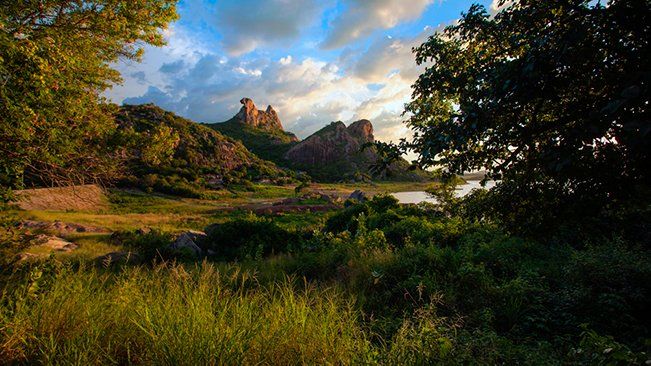
Photo © by Ricardo Avelar for Unsplash
09 Great potential for renewable energies
Currently the 5th state in Brazil when it comes to solar energy production, in February 2022, Ceará partnered with HL Soluções Ambientais to create a new solar complex that will triple the state's current energy production. In 2025, this impressive project will be the largest solar farm in Latin America and the third largest in the world, with almost 6 million solar panels installed in the cities of Umari and Jaguaretama.
Associated with the Camocim offshore wind farm, this solar farm will provide the energy needed by Cactus Energia Verde to produce "green" hydrogen—another form of clean energy that Ceará is betting on for its future development.
Today, more than 48% of the energy produced in Ceará comes from wind.
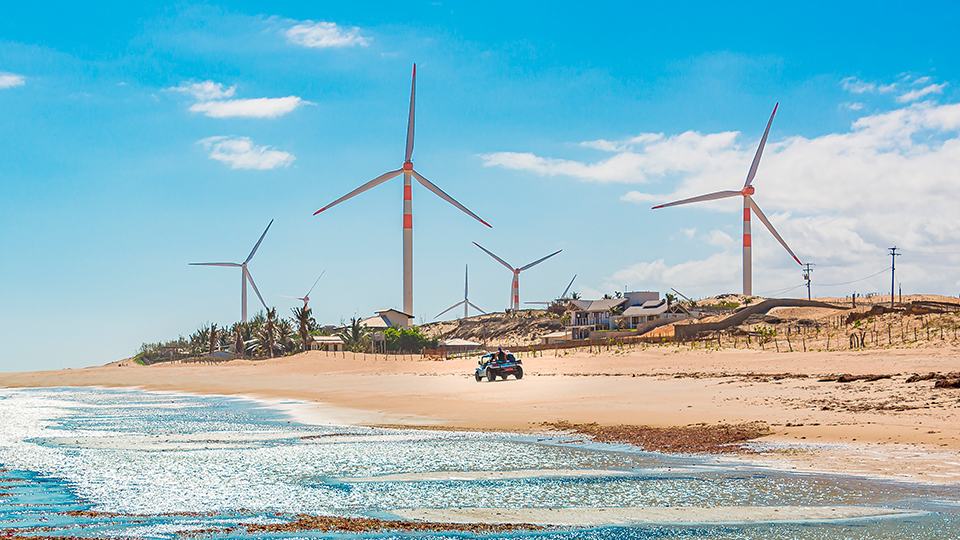
Photo by © Shutterstock
10 Jericoacoara, the captive of the desert
In the Tupi-Guarani language, the word jericoaquara means ‘sea turtle's nest’. The village of Jericoacoara, dreamlike and lost in the middle of the dunes, is difficult to access. Looking like a film set with its sandy streets, colourful houses, and hammocks suspended above the transparent waters, people travel from all 4 corners of the globe to experience this unspoiled beach town.
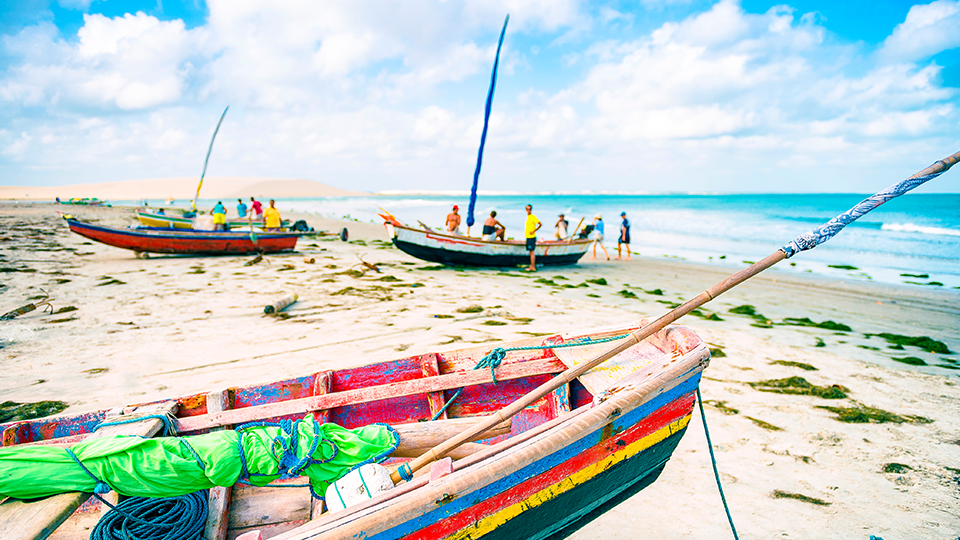
Photo by © Shutterstock
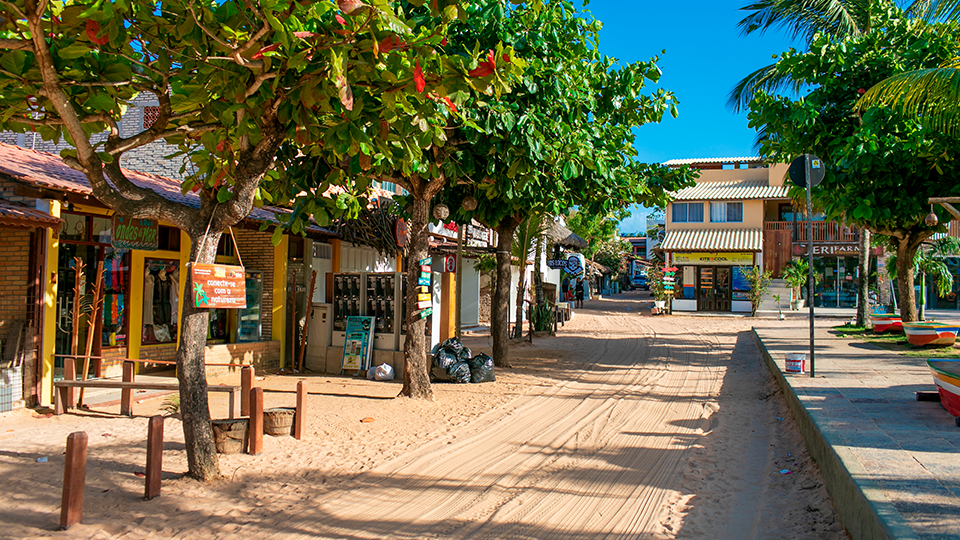
Photo by © Shutterstock
Ceará, a goldmine for stories about biodiversity
Some green sea turtles swim all the way down from Costa Rica—a distance of more than 1,200 miles—to feast off the coast of Ceará and bury their eggs in its white sand beaches.
Ceará is one of the territories of the endangered green sea turtle, which can grow to 5 feet long as an adult. It is also home to the olive ridley sea turtle, as well as to the loggerhead, hawksbill, and leatherback sea turtles, the last 3 being endangered species.
Thanks to the exceptional degree of preservation on the Ceará coast, it is not uncommon to encounter a baby sea turtle nest between September and March, or see their parents while kitesurfing.
A number of both national and local organisations ensure the protection of the nesting grounds, including
Tamar and IMAC (Instituto do Meio Ambiente de Caucaia).
Into the Northeastern wilds
Our multilingual production team has been arranging shoots all over Brazil for years, from
São Paulo to
Rio de Janeiro, the
Amazon and, of course, Ceará.
Let us help you get the best results from a shoot in Ceará. Get in touch.
